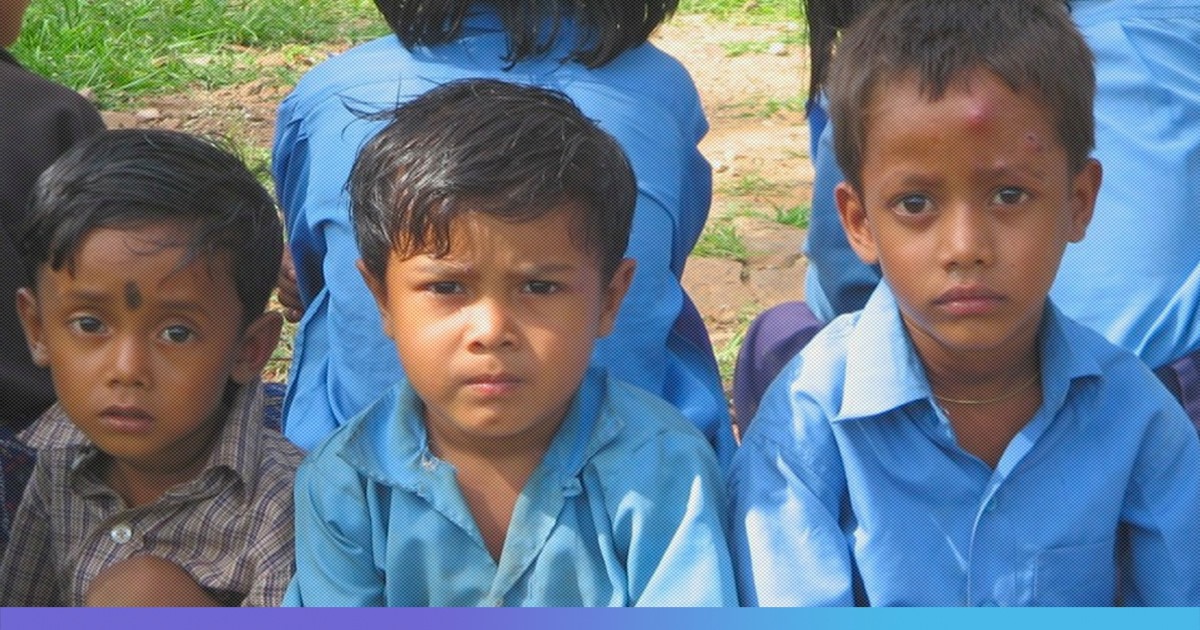The End of Childhood Index, 2019, painted a bittersweet picture for India. While it showed the tremendous progress made in the past two decades; it also highlighted that there is still a long way to go for India to call itself a safe and secure place for its children.
Overall, India gained 137 points in the past two decades. While in 2000, the score was 632, it now stands at 769, in 2019. It is mainly because of improved performance in almost all the indicators used to measure the index. But much remains to be done, since India still ranks 113 out of a total of 176 countries.
The index
The index is published annually by the Organisation, Save The Children. It evaluates countries on eights indicators of child & teenager health and well being:
- Under-5 mortality rate: Deaths per 1000 lives
- Stunting among children of ages 0-59 months
- Out-of-School children of primary and secondary school ages
- Children between the ages 5-14, engaged in child labour
- Percentage of girls married between the ages of 15-19
- Birth rates per 1000 girls between the ages of 15-19
- The population of children forcibly displaced by conflict
- Children homicide rate: Deaths per 1,00,000 children between the ages of 0-19
Based on their performance, the countries are given points out of 1000. Based on that the rankings are published.
India’s Immense Improvement
India’s score increased by an immense 137 points owing to the improvements in child health, security, and survival.
The report praised India’s efforts in creating legislation and policy reforms that addressed the rights of children. For example, concerning India’s approach towards tackling child marriage, it said, “India’s comprehensive approach – including policy reforms and investments in education, livelihoods, and community mobilisation for change – has been the key to its success.”
Talking about the empowerment of women and young girls, the report said, “rising education rates among women and girls have been critical to improvements in child health in Bangladesh and child protection in Afghanistan and India…At the grassroots level, women and girls are leading efforts to end child marriage in India.”
The report praised India’s progress in other indicators too, “In South Asia, Bangladesh, Bhutan, India and Nepal have achieved great reductions in child mortality…There have been equitable gains among the poorest children in both Bangladesh and India.”
The statistics, while commendable, indicate that there is still a lot of ground to be covered.
Under-5 mortality
The number of children in India dying before the age of 5 came down by a staggering 57% from 2000. It came down from 111 per thousand to 47.7 per thousand.
But it is still far behind the United Nation’s Millenium Development Goal of child mortality less than 25. The report also classifies it as moderately high.
The report says, “While there is much child survival progress to celebrate…the job is nowhere near done. Death rates of children in the first days after birth have remained stubbornly high around the world. In India, the latest figures indicate that close to two-thirds of all under-5 deaths (605,000) occur among newborns in the first 28 days of life. The number of Indian children dying after the first month and before age five has fallen by 70% since 2000 – from 1.3 million to 384,000 – but the number of newborn deaths has declined by only 52%.”
Stunting among newborns
Stunted growth is caused by chronic malnutrition in the womb and during the first two years of life (the early 1,000 days). The damage is largely irreversible, and stunted children face a lifetime of lost opportunities in education and work. They are also more likely to succumb to illness and disease and can die as a result.

Global Childhood Index 2019
Globally, there has been a decline of 33% in child stunting rates.
In India’s case, there has been a reduction of 30%, which means that there are 23 million fewer stunted children. This alone accounts for almost 45% of the global decline. While this is a cause for appreciation, the number of stunted children per 1000 births is still at a high 38.7.
Percentage of out-of-school children
Globally there is a decline of 33% in the number of out-of-school children, which the report considers as good progress.

Global Childhood Index 2019
For India, the percentage of children who are out of school stood at 18.6%. This means 1 in every 5 children are still out of school. While the report does not consider it to be high, or even moderate, but compared to the number of children that this percentage represents, it is exceptionally high.
According to the 2011 census, the total child population of India is 15,87,89,287, which means that the number of out-of-school children is a staggering 29.5 million.
Child labour

Global Childhood Index 2019
“Despite global progress, there are still 152 million children engaged in child labour – nearly 1 in 10 children worldwide – with almost half of them (73 million) in hazardous work that directly endangers their health, safety and emotional development. A hypothetical country made up only of these child labourers would rank as the world’s ninth largest. Unless progress is accelerated, 121 million children will still be engaged in child labour in 2025.”, says the report.
While India reduced the rate of child labour by 70%, yet according to the census 2011, there are 10.13 million children who are affected by it.
Child Marriage
According to the report, “In South Asia, the most impressive gains have been in India, where child marriage is down 51% since 2000 (from 30 to 15%) and 63% since 1990…India is winning its fight against child marriage.”
“India’s remarkable progress has saved millions of girls from early marriage. Had rates remained unchanged; there would be 9 million more married girls in India today. The data also suggest marriage rates for the poorest girls have fallen at least as much as for everyone else. And the decline in child marriage has been most rapid among girls younger than 15.”
“Declines in child marriage are due in large part to economic growth, rising rates of girls’ education, proactive investments by government and partners in adolescent girls (including cash transfers to keep girls in school) and increased public awareness about the illegality of child marriage and the harm it causes.”

Global Childhood Index 2019
Percentage of adolescent pregnancies
“As a region, South Asia has reduced its adolescent birth rate by 53% since 2000. Impressive gains have been made in India, which has cut teen births by 63% since 2000 and 75 since 1990. This reduction has resulted in over 2 million fewer teen births in India now compared to 2000 (3.5 million vs 1.4 million), meaning progress in India alone accounts for nearly three-quarters of the global reduction in adolescent births during this period”, according to the report.

Global Childhood Index 2019










